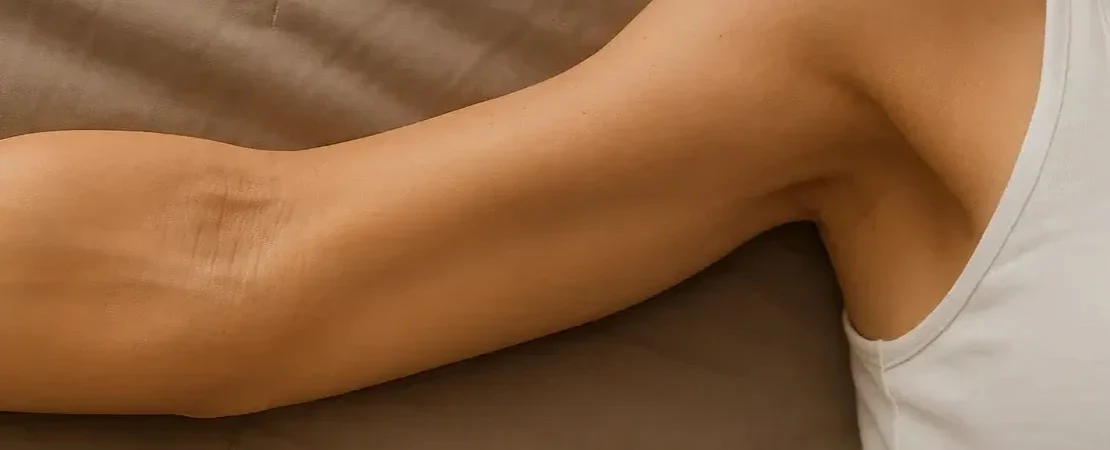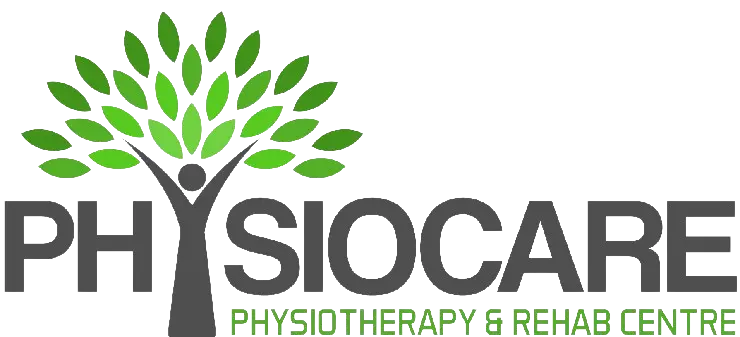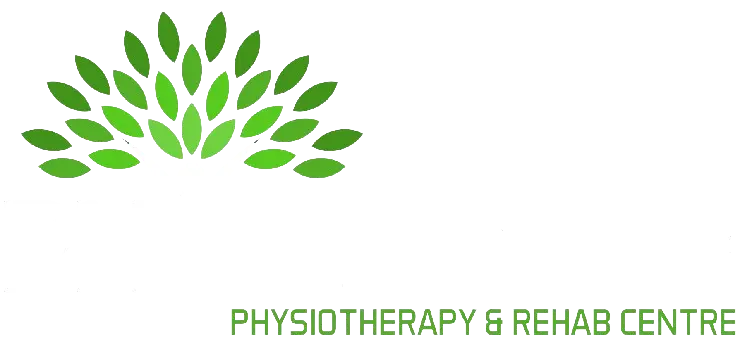
Axillary web Syndrome and role of Physiotherapy
Axillary Web Syndrome (AWS), also known as cording, is a condition that can occur after surgery involving the lymph nodes, particularly in the armpit (axillary) area. It’s most commonly seen in people who have had breast cancer surgery, such as a sentinel lymph node biopsy or axillary lymph node dissection.It is visible and palpable web of tissues which becomes more evident with shoulder movements. It is painful and limit shoulder, elbow, wrist ,and trunk range of motion.
What Happens in AWS?
People with AWS often notice:
- Tight, cord-like structures under the skin of the armpit
- These “cords” can extend down the arm, sometimes reaching the wrist or hand
- Pain, tightness, or limited range of motion in the shoulder and arm
These cords are believed to be inflamed or scarred lymphatic vessels and fibrous tissue following lymph node removal.
Why It Happens
Surgery or trauma or even biopsy to the lymphatic system can trigger inflammation or fibrosis in lymph vessels. Since the lymphatic system helps manage fluid drainage and immune function, disruption can lead to:
- Lymphatic vessel thickening
- Formation of fibrotic tissue
- Tension along the skin and underlying tissues
Who’s at Risk?
- Most commonly women recovering from breast cancer surgery
- Especially those who’ve had lymph nodes removed
- It can happen days to weeks, or even months after surgery
Symptoms
- Painful cord-like bands in the armpit or along the inner arm
- Decreased range of motion in the shoulder
- Tightness when lifting the arm- feeling a band in the armpit
- Discomfort with stretching or lifting
- Tension in the lateral chest wall and trunk
Management & Treatment
Fortunately, Axillary Web Syndrome is treatable, and most individuals recover fully with the right care and attention. One of the most effective options is physiotherapy in Ottawa, especially when guided by experienced therapists who understand post-surgical care.
Physical Therapy
- Stretching and range-of-motion exercises
- Manual lymphatic drainage (MLD) by a trained therapist
- Manual therapy : Skin traction,joint mobilization, nerve glides ,cord bending and scar tissue mobilization
- Strengthening exercises
- Postural education and exercises
Pain Management
- Gentle NSAIDs as prescribed
- Warm compresses and or icing
- Laser therapy
- TENS, IFC
Patience and Gradual Progression
- Most cases resolve in weeks to a few months
- Continued stretching and movement are key
When to Seek Help
Contact a doctor or physical therapist if you:
- Notice cord-like bands and limited motion
- Feel increased pain or swelling in the arm
- Are recovering from lymph node surgery and unsure if your symptoms are normal
Recovery Time
- Varies from a few weeks to several months
- With physiotherapy, most patients experience significant improvement
- Some cords may persist but become painless and non-limiting
What to avoid
- Aggressive stretching that causes sharp pain
- Ignoring limited range of motion, which could lead to frozen shoulder
Axillary Web Syndrome can be painful, but with timely intervention and proper care, recovery is very achievable. If you’re experiencing symptoms, don’t wait. Physiocare Physiotherapy Clinic in Ottawa offers expert support to help you regain movement and return to daily activities comfortably.

Prateeksha Viradiya
Certified in Pelvic Floor, Acupuncture, Certified ROST Therapist | RAPID Treatment Specialist at Physiocare Physiotherapy and Rehab Centre
View Full Bio
Subscribe To Our Newsletter
Your health is our priority, and we’re committed to partnering with you to achieve your optimal wellness.

